Update: The Soylent Squared "meal replacement bar" is now out, and it looks even worse than this sludge. Our conclusions about the potential dangers of this product have become stronger over time.
We may consume food, but food consumes us even more. Not only does it cost time to grow, but it’s expensive, and when abused, it subjects us to deadly diseases that includes cardiovascular conditions, diabetes and cancer.
Yet, the availability and healthfulness of food has never been better nor more abundant. Recent movements to bring natural fats and leafy green vegetables (of all things) back into Western diets have yielded phenomenal yet unsurprising results over the past decade.
The replacement of whole food
But for some, this "real food movement" is not satisfying. It's just too hard and too time-consuming to buy and prepare healthy meals. So people like Rob Rhinehart want a food alternative. Heck, if a single product could be cheap and instantaneous, and better for you than anything you have ever eaten, then what is there to argue with?
Rhinehart, a 24 year old software engineer, believes he’s solved the befuddling food conundrum, and has named his product Soylent. It is intended to replace your entire diet -- one food to solve it all.
Before you cringe at the name, Rhinehart has stated that his sandy sustenance has no relation to human parts or remains. We can infer that the name was merely a polarizing attempt at a clever marketing ploy - and a successful one at that.
Though he has absolutely no background in biology or nutrition, spare-time reading made Rhinehart decide that food should be simpler, and that he was capable of accomplishing that goal by creating a placidly beige concoction filled with ingredients he regarded as the nutritional groundwork for basic human health.
Aside from arguing for food for its own sake (an art and hedonic pleasure, if you like), Rhinehart’s “solution” is paltry in many respects, and starkly contrasts with our current understanding of optimal nutrition. While he may have good intentions (however self-deceptive they may be), his actions to physically sell it may have extremely negative consequences.
What’s in Soylent?
Below is a rundown, with criticism, of Rhinehart’s (incessantly claimed) appetizing food alternative.
Remember though, every moderately informed person must know that the subject of nutrition is incomplete. It is no different than any other subject of science - we simply do not know everything, and to assume we do is dangerous and disregardful.
This is a partial list of Rhinehart’s Soylent, tailored for himself. Everything written by Rob Rhinehart is in italics:
400g of Carbohydrates
Carbohydrates (400g): “Any molecule consisting only of Carbon, Hydrogen, and Oxygen. Flour, corn, bread, rice, pasta, your cells don't care. What you need is D-Glucose.”
Right off the bat, we see signs of misapprehension in the "sales pitch" for this substance:
Like many diabetics, Rhinehart does not appreciate the fact that carbohydrates metabolize variably in the body. Furthermore, he is simply wrong: the human body can use many other monosaccharaides besides glucose, such as galactose, for the citric acid cycle.
Maltodextrin
What is his solution? “Maltodextrin, for carbohydrates,” which can be absorbed as rapidly as glucose! Both untrue and irrelevant.
Rhinehart then ignorantly claims “the brain can only use glucose for energy.”
In fact, the brain happens to like using ketone bodies for energy also, and ketones created by omega-3 fatty acids may reduce cognitive decline with age.[1] Furthermore, research suggests that human and animal neurons prefer lactate over glucose as an energy source, and glial cells perform the duty of converting glucose into lactate.[2]But those are small details. What is more concerning is the basic choice of such limited carbohydrate sources -- and bad ones at that.
Your body does care about maltodextrin...
Claiming that "your cells don't care" is a blatant and potentially criminal lie to the thousands of people who have read about Soylent.
A calorie isn't just a calorie, and a carb isn't just a carb. Things are never this simple -- Different chemical compounds cause different biochemical reactions.
Some carbs cause a high TEF (thermic effect of food), which take time and effort to digest and process. Others, like maltodextrin, are metabolized very quickly, causing a fat-storing insulin spike[8], making your body scramble to act upon the hazardous onslaught of sugars in your bloodstream.[9]

Maltodextrin's fast insulin response. When improperly used, this translates to one thing: bodyfat storage.
So, "calorie for calorie", you're going to gain more weight eating maltodextrin than a real food-based carb, such as that from brown rice, sweet potatoes, or yams.
Don't get us wrong. You can get along all day long eating maltodextrin - it will provide caloric energy. But it will also bring bodyfat alongside it, and literally no nutrients to compensate for its wrongdoings.
This garbage is everywhere for one reason and one reason only: it's cheap, profitable filler.
Don't forget the Oat Flour
The other carb-based ingredient, oat flour, rates better but suffers from similar issues of malnourishment: it is practically devoid of any nutritional content.If you want carbs for the sake of eating carbs, then by all means, have at it. After all, it was used in gruel for hundreds of years to keep the peasants just alive and well enough to work the fields - but not strong enough to stage a revolt.
But if you're looking for nutrition and not just "macronutrition", there are far better sources suggested elsewhere on this page.
Enough Protein for a.... grown boy.
Protein (80g): “Protein is a very general term. What your body needs is nine 'essential' (meaning the body cannot produce it itself), amino acids.”
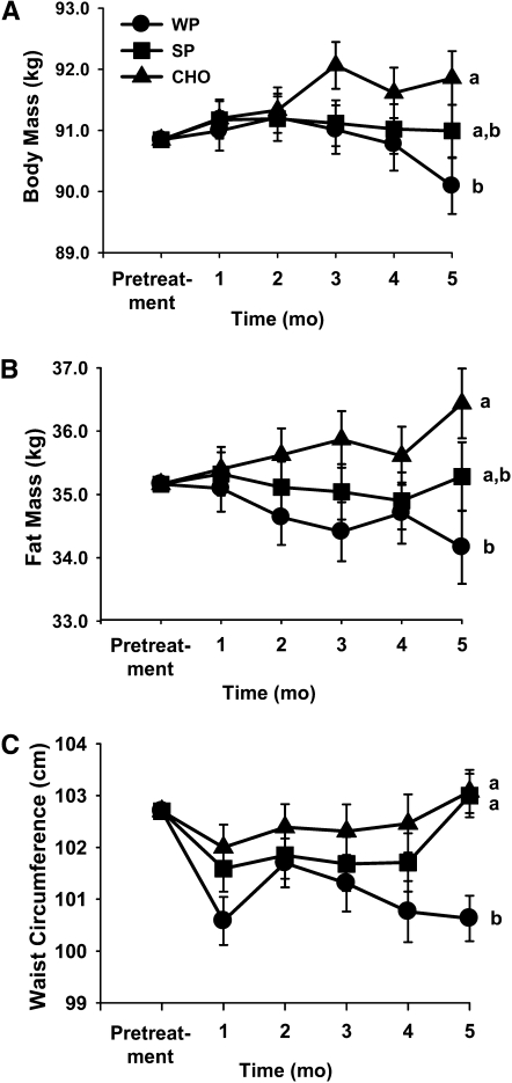
This shouldn't come as a surprise to anyone who's done a lick of research: "Whey Protein but Not Soy Protein Supplementation Alters Body Weight and Composition in Free-Living Overweight and Obese Adults"[15]
Love that high carbohydrate control!
Not much to quarrel with here, though he makes no attempt to explain the source of protein, which determines whether the “essential” amino acid ratio is optimal. Some protein sources are complete, others are not.
The formula sorely misses the mark though. 80g is a paltry amount of protein for a grown boy. As of yet, the Soylent formulation is relying on rice protein, which is a relatively incomplete protein due to its lack of the amino acids, leucine and lysine.
Why only 80g? Because protein is expensive, and it's a lot cheaper to throw in the aforementioned maltodextrin.
But "energy is just energy", right?
Wrong. You can expect any muscle tone you may have had to whither away on this formulation. Don't be surprised to find yourself absolutely craving a juicy steak, a chicken breast, or some eggs. Your body will likely be begging for it.
Update in 2014: Since originally writing this post, one piece of research we've been using is a weight loss study that correlates higher protein diets with more success in weight loss than "low-fat" or "low-carb".[17]
And higher protein intakes are certainly better for the building-muscle side of the body composition equation, as numerous studies have shown without fail.
So, if you take nothing else from this paper, it's that nearly any grown adult wants far more than 80g of protein, especially for a man who wants to look like a solid MAN.
For those reading this and still seriously considering Soylent, our recommendation based upon the study cited above would simply be to add more protein. If you want to keep it in convenient (and delicious) powder form, see our best protein powder "buyer's guide flowchart", which will ask you a series of questions and then recommend the best product for your needs.
Furthermore, we can now conclusively state that not eating fruits and vegetables will strongly increase your risk of a sooner death. If Soylent is used in lieu of fruits and vegetables, there is great concern that you're causing unknown damage to your cardiovascular system over time.
Fat has gotten a bad rap
Fat (65g): “Fat has gotten a bad rap.”
Agreed, and it’s so misunderstood. Rhinehart’s main source of fat is olive oil. While throwing in some 750mg of omega-3 fatty acids for good measure, he claims the olive oil is “in nearly perfect proportion of saturated and unsaturated” fats.
But once again, this explanation is right while still being completely wrong.
It's all about the ratios
Whether you perform better on a high fat / low carb diet or a low fat / high carb diet depends on your personal situation. Regardless of the amount, however, one of the most important things for optimal health are proper ratios of fats.
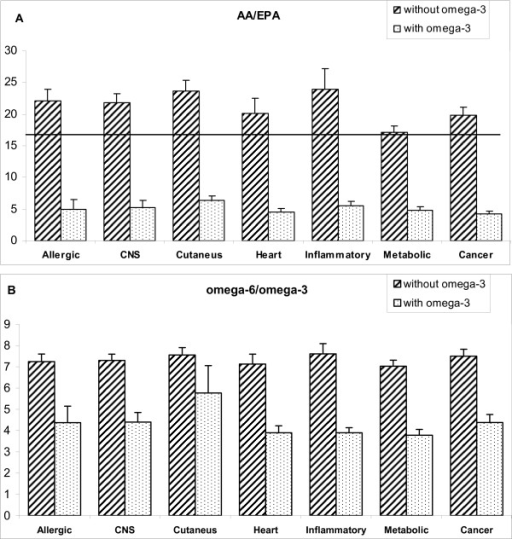
"Subjects that did not take omega-3 supplements and suffered from allergic, neurodegenerative, skin and inflammatory diseases had higher values for AA:EPA ratios than those with the other diseases (heart, metabolic, cancer)."[14]
Olive oil averages a 10-to-1 omega-6 to omega-3 ratio. Not awful, but certainly not ideal. In other blog posts, Rhinehart claimes his fat sources arise primarily from grape seed oil, which would put his ratio closer to a brutally dangerous 30 to 40-to-1.
A plethora of scientific research lay blame on our negligence of omega-3 fatty acids for countless health problems. Rhinehart’s Soylent sludge appears to be yet another culprit of this disregard.[5]
The Cholesterol Dilemma
Cholesterol(X): As per the x, Soylent contains no cholesterol because “even though the IOM [Institute of Medicine] mentions it I feel it's more of a maximum than a recommendation.”
Emphasis ours.
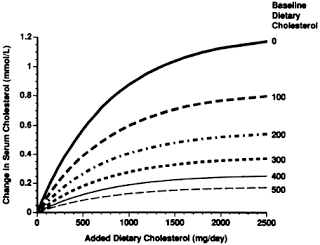
Serum Cholesterol when dietary cholesterol is added at different baseline levels. In short... your body knows to compensate production and excretion accordingly.
Nobody is arguing the importance of cholesterol in the body. It's vital.
The bigger question is about dietary need. Admittedly, when researching these ingredients, the following question has been the most difficult to answer: Why would we need dietary cholesterol, when our bodies can synthesize it themselves?
Update - July 26, 2013: We have found some new information on the subject. The original text remains (in strikethrough), with a new explanation below that
While there have been multiple recent studies questioning the US's low dietary cholesterol recommendations[11,12], and Canada completely removed any restrictions on recommended dietary cholesterol intake[13]... ...the best answer we can to our specific question is this:
Nobody f'ing knows.
This happens a lot in science, and we touch upon that a lot later on in this post.
So in the case of our collective ignorance on the subject, what do we do? We turn to what's evolutionarily natural to maintain prime function. And as much as it pains vegans to read... we function best as omnivores who consume at least some amounts of meat, and thus, cholesterol.
Updated Section: It turns out that the answer was right there before our very eyes, in the HMG-CoA reductase enzyme that is the target of nearly every modern cholesterol drug.
When you completely deprive yourself of cholesterol, the hormone insulin activates an enzyme in your liver that produces excess cholesterol from glucose, which comes from the carbohydrates you eat. The trouble is, when this enzyme (called HMG Co-A Reductase) is in force, it`s not unusual for the liver to overproduce cholesterol, resulting in high blood serum levels. Eating cholesterol is a signal to the liver to stop producing it in excess.[16]
In short, knocking your body out of its natural equilibrium state of ingesting/digesting/synthesizing/excreting cholesterol may swing the pendulum too far in the opposite direction.
So while your body can get along with a cholesterol-free diet, it is unlikely be be ideal for peak function, and the "gut decision" to disinclude a vital compound will likely prove to be short-sighted sometime down the road.
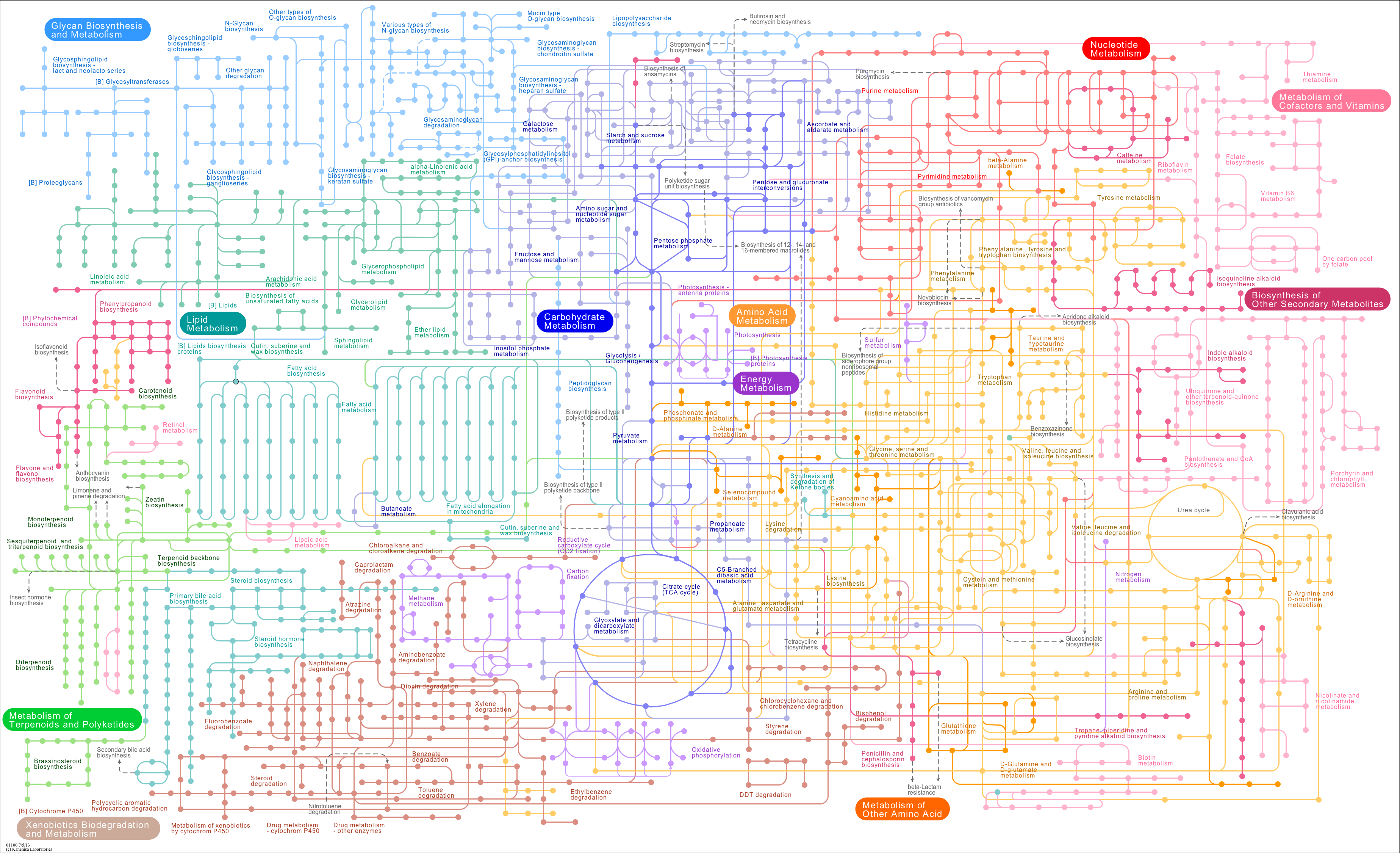
Human Biology: Slightly more complicated than tossing 12 cheap ingredients into a bag.
(this is the pathway of the entire human metabolic process as currently understood, minus part two, which shows minor metabolites and secondary processes)
What has Soylent overlooked?
After the above macronutrients, the remainder of Soylent consists of vitamins (and other arbitrary ingredients), which I will not waste my time criticizing because even the scientific community doesn’t really know the optimal amount of vitamins we should consume.
We do have a general minimum cutoff limit, at which point diseases caused by malnourishment arise, such as scurvy. We also know that a bright and diversified diet will give you everything you need to ward off such rudimentary ailments. But in creating Soylent, Rhinehart and his team have neglected some essential biological principles, ones that can only be satisfied by food — not Soylent.
Hormesis
This seemingly paradoxical principle was discovered when a German pharmacologist observed that adding small amounts of a toxin can stimulate the growth of yeast. Simply put, this is the biological equivalent of Nietzsche’s aphorism: What doesn’t kill me makes me stronger.
For example, we know that exercise damages the body and elevates reactive oxygen species (ROS), or oxidative stress. But maintaining moderate exercise prolongs our lifespan and reduces susceptibility to disease.[7] Rhinehart claims that one of the strengths of Soylent is its purity, but bereaving his body of minute toxins present in unprocessed foods may actually weaken his body. His immune system and endogenous antioxidant systems may downregulate, leaving him unprepared for real world immunotoxins.
Furthermore, many phytochemicals found in fruits and vegetables are actually mildly toxic to humans. Instead of antioxidants in their own right, these toxins stimulate a hormetic response that leads to an upregulation of endogenous enzymes that produce antioxidants in the body. Rhinehart includes lycopene, found in tomatoes, for example. Soylent, however, will never reach the diversity of beneficial compounds present in natural foods, mainly because we have yet to discover all of them!
What don't we know? We don't know.
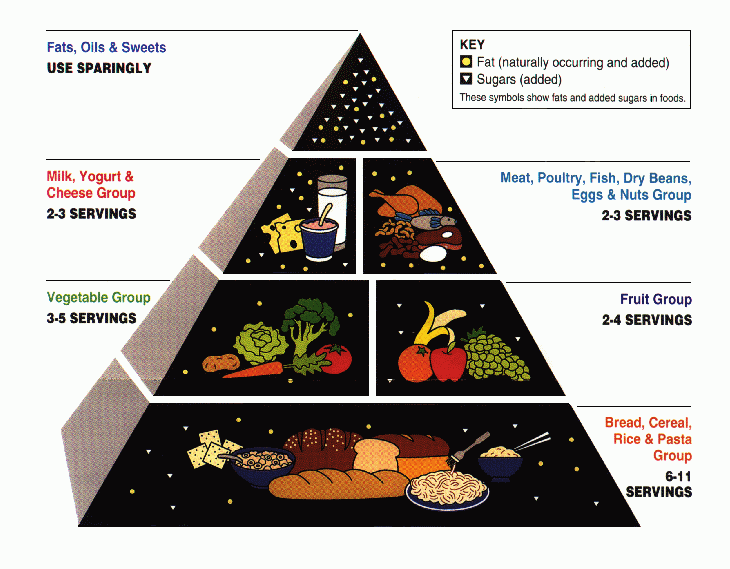
Because we're just so all-knowing, aren't we?
This little scam here has murdered millions of humans, and continues to do so to this day. What else have we gotten wrong?
* Ironically, by studying the Greenland Inuit Tribe which eats nothing but real, naturally-found food!
So, our question to you is this: What don't we know that we don't know now?
It took us 30 years to figure out and apply something relatively simple like fatty acid ratios. So what are we missing today? What else is in that bunch of spinach that isn't a standard "B vitamin" that should be included? What undiscovered "phytonutrient" is in those leaves that makes us real food eaters feel so much better - and get sick so less often - than people who eat shit out of a box or bag all day long?
At the end of the day, we don't know what we don't know. But time, history, and human evolution does: 30 years from now, we will be laughing our faces off at this formula - even moreso than today.
Vitamin Supplementation
Introducing vitamins into your diet will probably not hurt you, but evidence suggests that the human body does not eagerly absorb them. Vitamins present themselves in many forms, and in countless cases, they’re absorbed better when naturally bound within the cell walls of food. This is a natural synergy our bodies have evolved with.
High dose vitamin E had a substantially higher mortality rate!
Additionally, supplementing certain vitamins may actually be detrimental your health. Vitamin E, an ingredient in Soylent, does not reduce human mortality. And researchers once abandoned a study because a group receiving high dose vitamin E had a substantially higher mortality rate![3] Recent research suggests that vitamin E may contribute to osteoporosis.[4]
Note that we proudly say this as a company that makes money selling certain vitamins. It is a simple fact that experts often sorely disagree on a lot of this subject matter. But a young engineer just so happens to have all the answers.
Clinical Trials
This is the holy grail of medical legitimacy. The Soylent team is relying on just a few blood tests and a whole lot of anecdotal blather. Rhinehart incessantly states that he feels “sharper” and “more energetic” since starting Soylent, but nutritional science has no room for confirmation bias.
The placebo effect is ubiquitous. People routinely claim drug side effects even when they are told that the pill they ingested is inert! Soylent has not undergone clinical trials, so every statement made regarding the food substitute is conjecture and anecdotal.
Where's the research?
When looking for the truth behind some supplement on this website, we look at the research behind it. The gold standard in a quality research study is the trifecta of:
- Double-blinded
- Placebo-controlled
- Peer-reviewed
Rhinehart and his crew are doubtlessly flying high as a kite since their crowdfunding campaign has reached nearly $800K. They promise to begin distributing their product somewhere towards the end of September, 2013, after multiple delays. Although Soylent may not be original — food substitutes are often used for relief aid and hospitalized persons regularly use food substitutes as sustenance — what is praiseworthy is that it has struck a chord in many Americans.
Nutritional science has no room for confirmation bias.
We want instantaneous victuals that are also healthy. But this is not ideal nutrition. The beauty of science is that it can provide answers, but these answers are never infallible. We do not yet have the wherewithal to conclude exactly what the human body requires for optimal function.
This entire situation reads like a bad joke that so many people took seriously, it eventually became real.
Oprah doesn't know nutrition - and neither do most engineers
We find it unnerving (but not surprising) that somebody with zero background in health, fitness, or nutrition is leading a cadre of lemmings to near-certain long-term trouble. This doesn't mean we hang by everything that the FDA or doctors typically say - it's actually quite often the opposite.
Our attitude is this: When looking to improve ourselves, we look at the experts who actually walk the walk (and remove those who are clearly cheating or are genetic freaks). We steal a few pages from their playbooks, and make it work in the real world.
So, in the example of lowering bodyfat without sacrificing too much muscle tissue (we hate the phrase "weight loss"), whose advice do you follow? Is it Oprah?
While Oprah is clearly brilliant when it comes to media, she sure as shit isn't when it comes to health and nutrition. And guess what - neither is a group of untrained engineers who quite frankly... don't look that healthy.
You don't ask a poor man how to be wealthy, do you?

Where do you get your diet advice?
If food is too hard... you're doing it wrong
The funniest part of this whole ordeal is that this really isn't necessary. Here's two words for people who haven't yet figured it out: BULK COOKING.
You own a refrigerator, an oven (or a grill), and a microwave, right? Then here's what you do:
- Buy chicken, brown rice, and a variety of vegetables (including yams)
- Cook the brown rice, chicken, and select vegetables in large quantities
- Put them in the refrigerator. Use good tupperware.
There, now you're 95% done. Add various spices (which add their own unique nutritional benefits not found in Soylent) and you have a healthier, better tasting diet to boot.
Seriously people, how hard is this?! If you can't figure these 3 steps out, then you are just not doing it right.
Good luck...
These fools are going to hurt themselves and others in the process.
Rhinehart has made some revisions from the original, first claiming the modified diet made his heart race. He promptly solved his apparent “hemoglobin issue” with iron. But it won’t be so easy for him to know whether his bones are deteriorating, his kidneys waning, or his tissues slowly inflaming.
Here lies the pernicious truth: the Soylent scandal will forever require unremitting revisions, and these fools are going to hurt themselves and others in the process.
You can get more information about Soylent from Rhinehart’s blog.
Co-authored by Mike Roberto
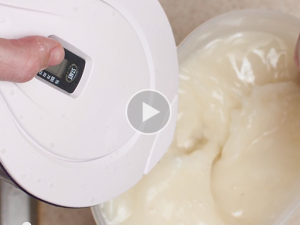

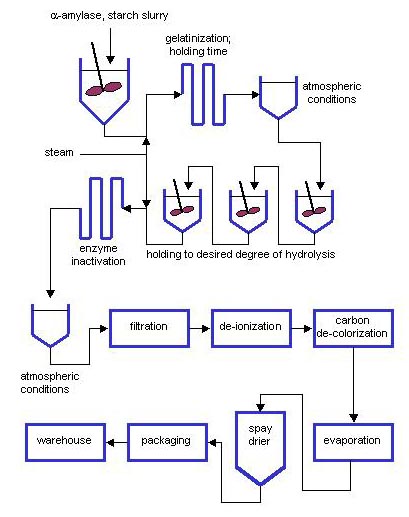

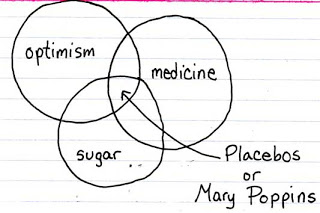


Comments and Discussion (Powered by the PricePlow Forum)